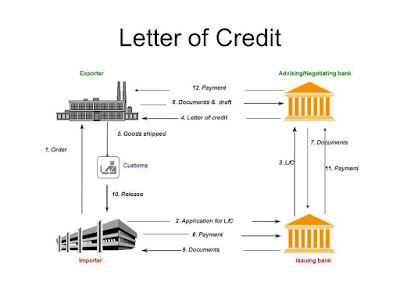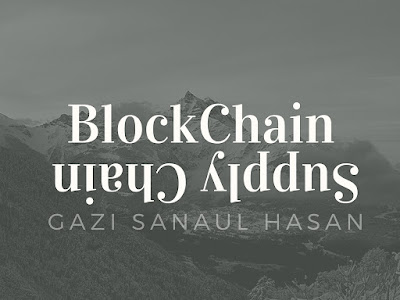Letter of credit and types of LC

Letter of credit A commercial letter of credit or documentary credit maybe defined as an instrument,usually issued by a bank at the request and for the account of its client which indicates that the bank agrees to pay to the named beneficiary a sum of money upon the presentation of certain documents. The use of letter credit for financing export shipments has long been popular with exporters.A l etter of credit is only as good as the bank that issues it and if confirmed the bank that confirms it. Types of Letter of credit 1.Revocable and irrevocable A revocable letter of credit can be changed or cancelled by the bank that issued it at any time and for any reason. An irrevocable letter of credit cannot be changed or cancelled unless everyone involved agrees. Irrevocable letters of credit provide more security than revocable ones. 2.Confirmed and unconfirmed When the Letter of credit is guaranteed by adding payment confirmation by the advising bank


